4. Active associations
The village has a village development group, a snowmobile and leisure association and a sports association, the UIF. An important meeting place is the gymnasium, which is used for both private and public purposes. The UIF focuses mainly on football (both women's and men's) and ski training. The large football field, "Sporn", located by the river, is also a gathering place for celebrations such as Valborg and Midsummer. The UIF has good cooperation with the nearby village of Avan, where more sports are offered, such as basketball and hockey training. There is also a dirt bike track nearby.






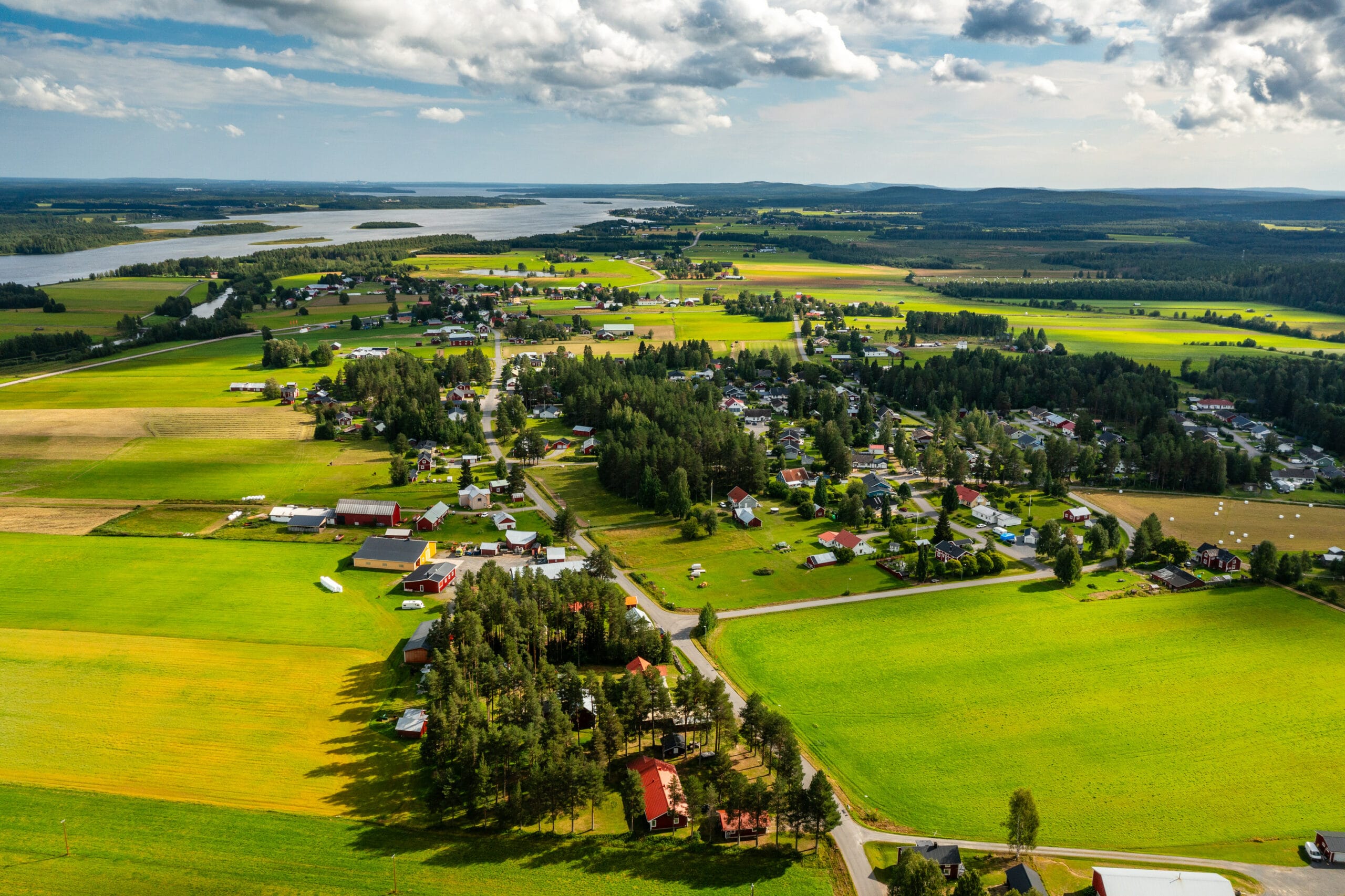
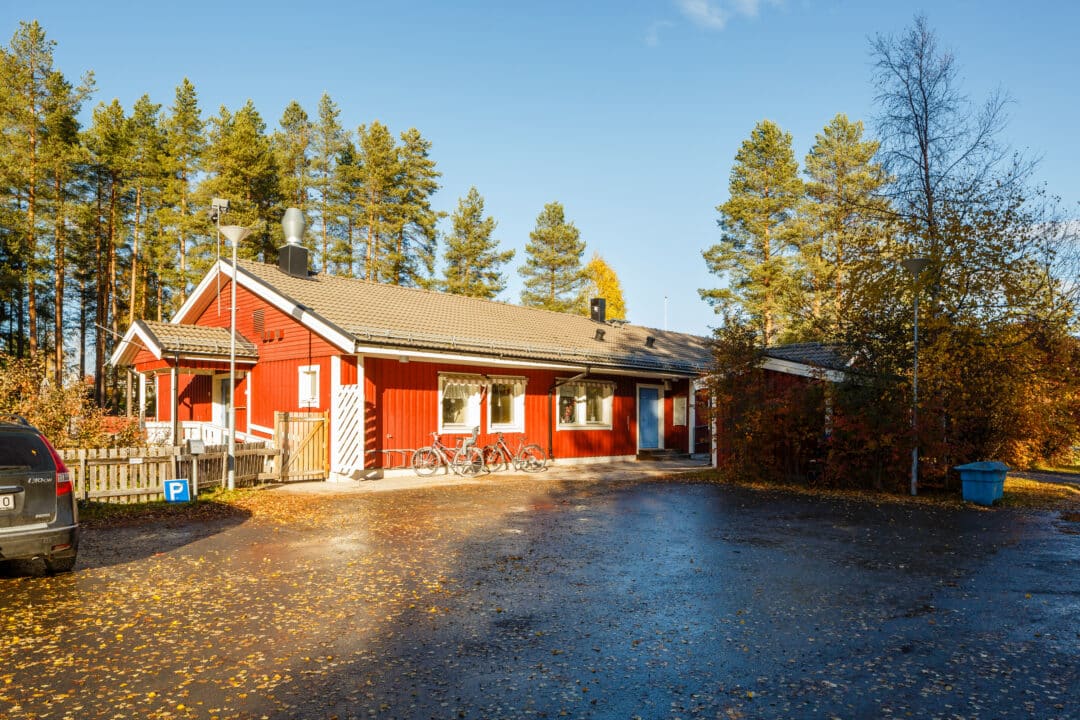
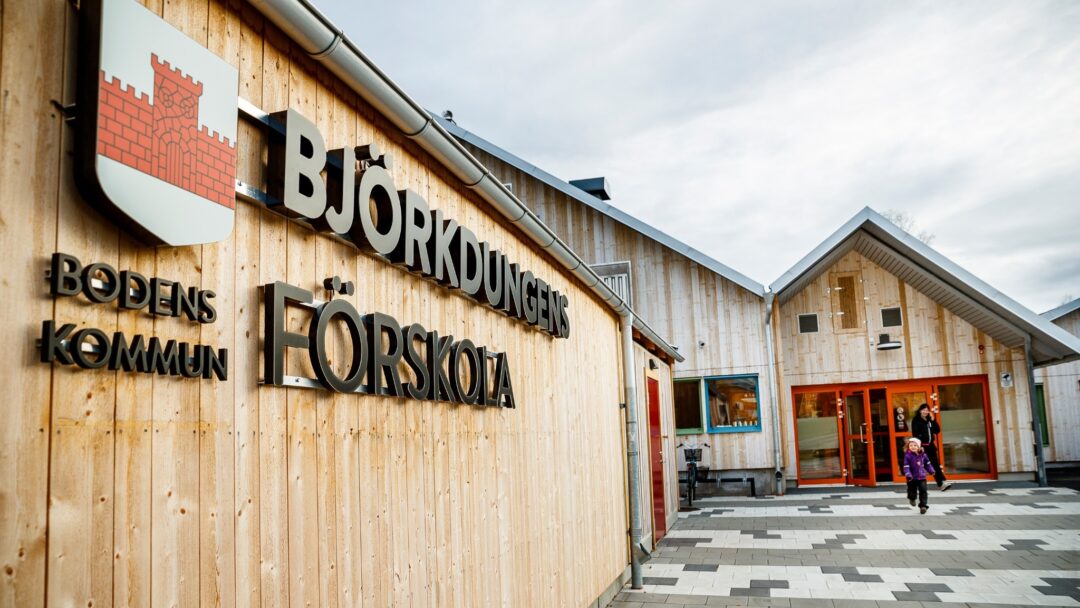
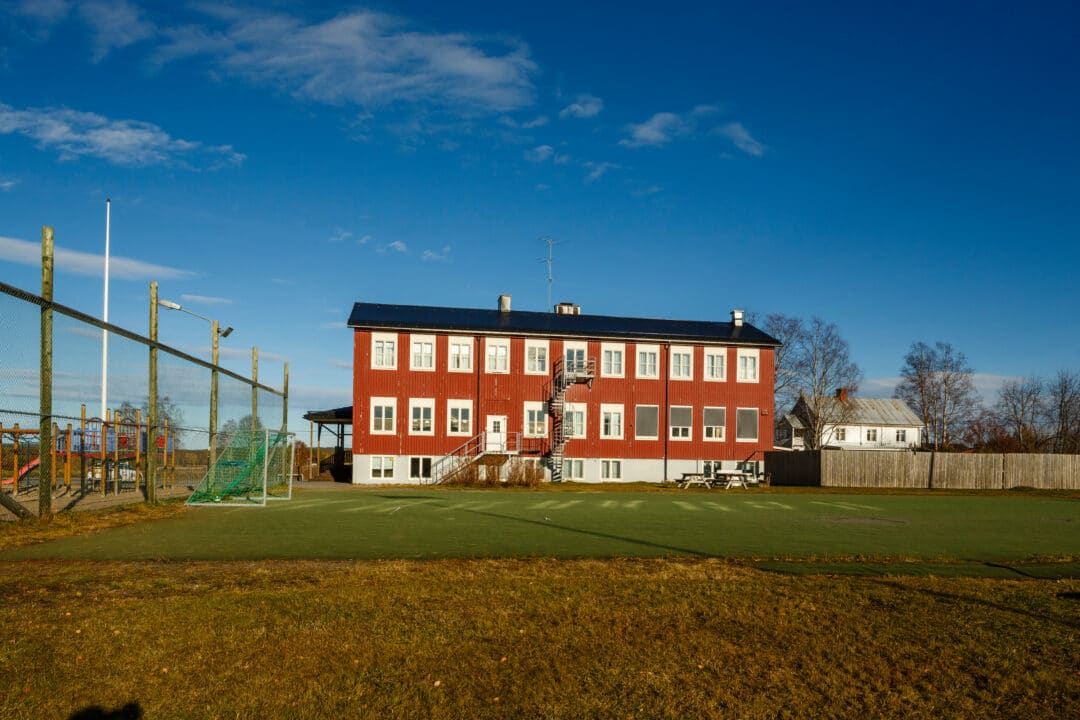
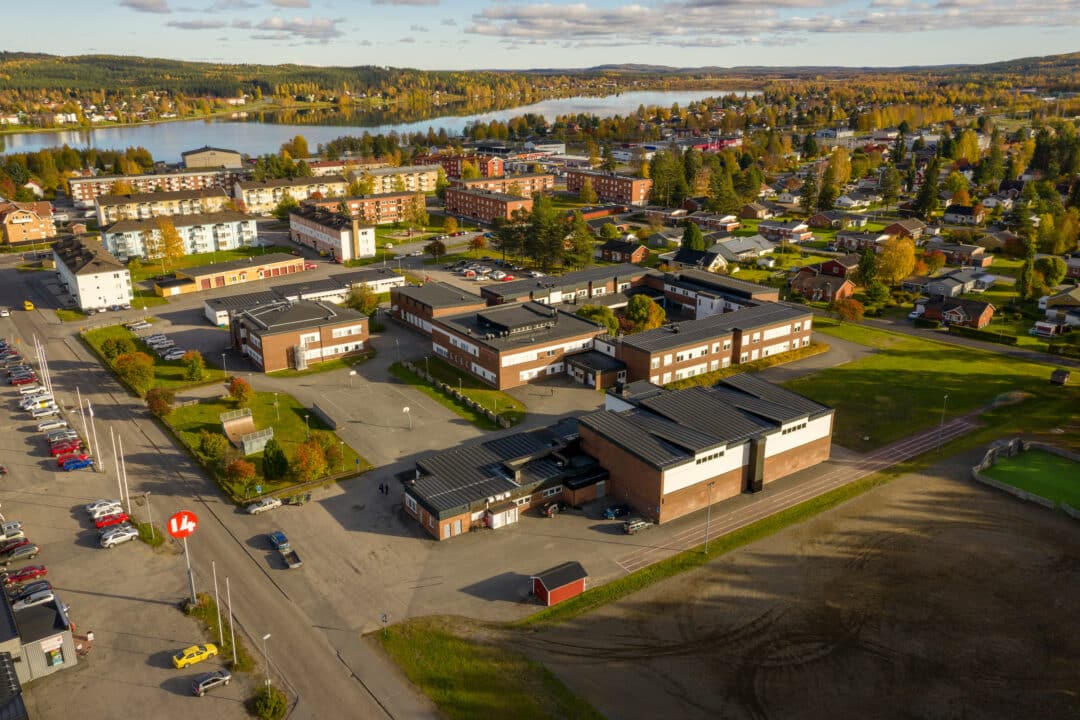
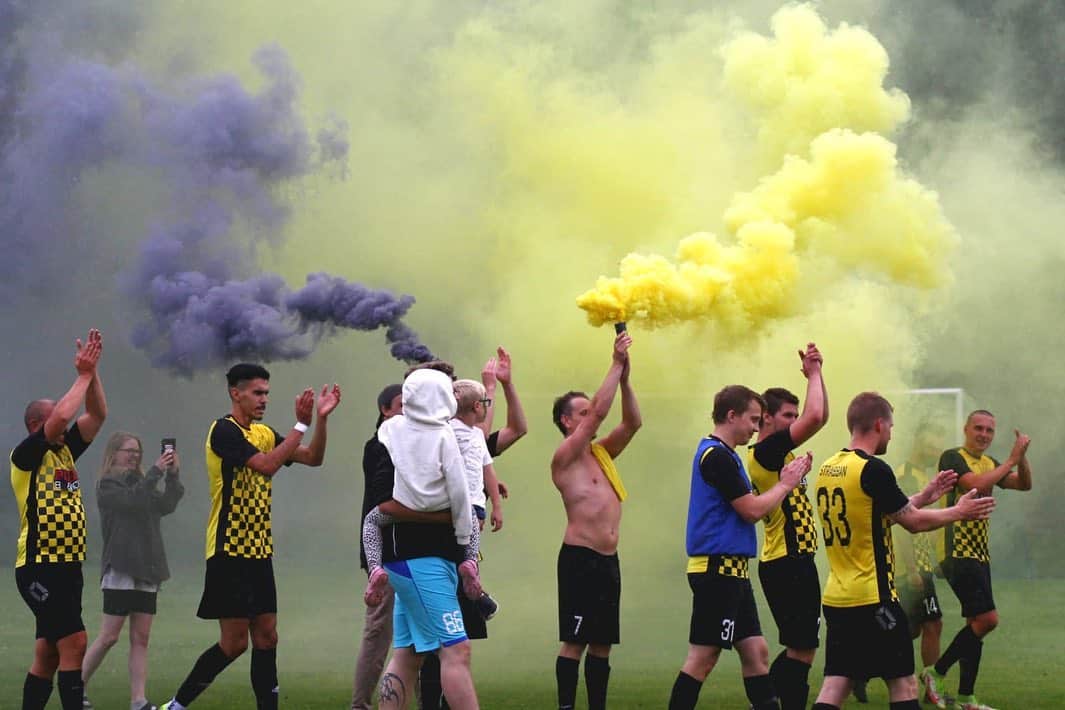
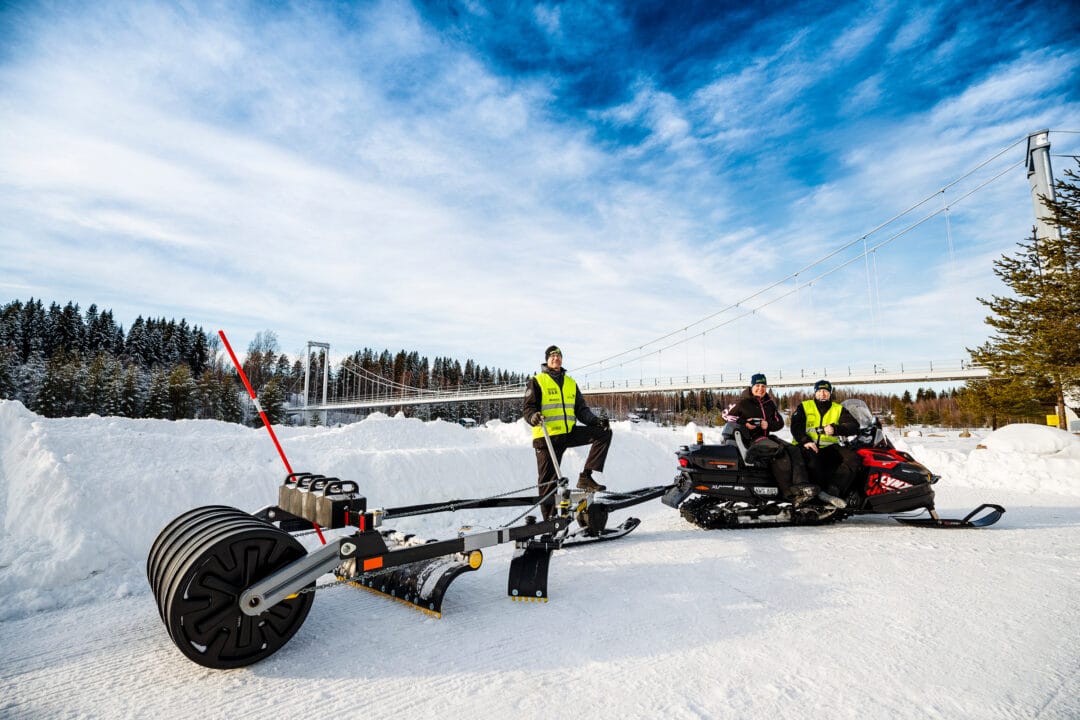



City center
16 Kilometer